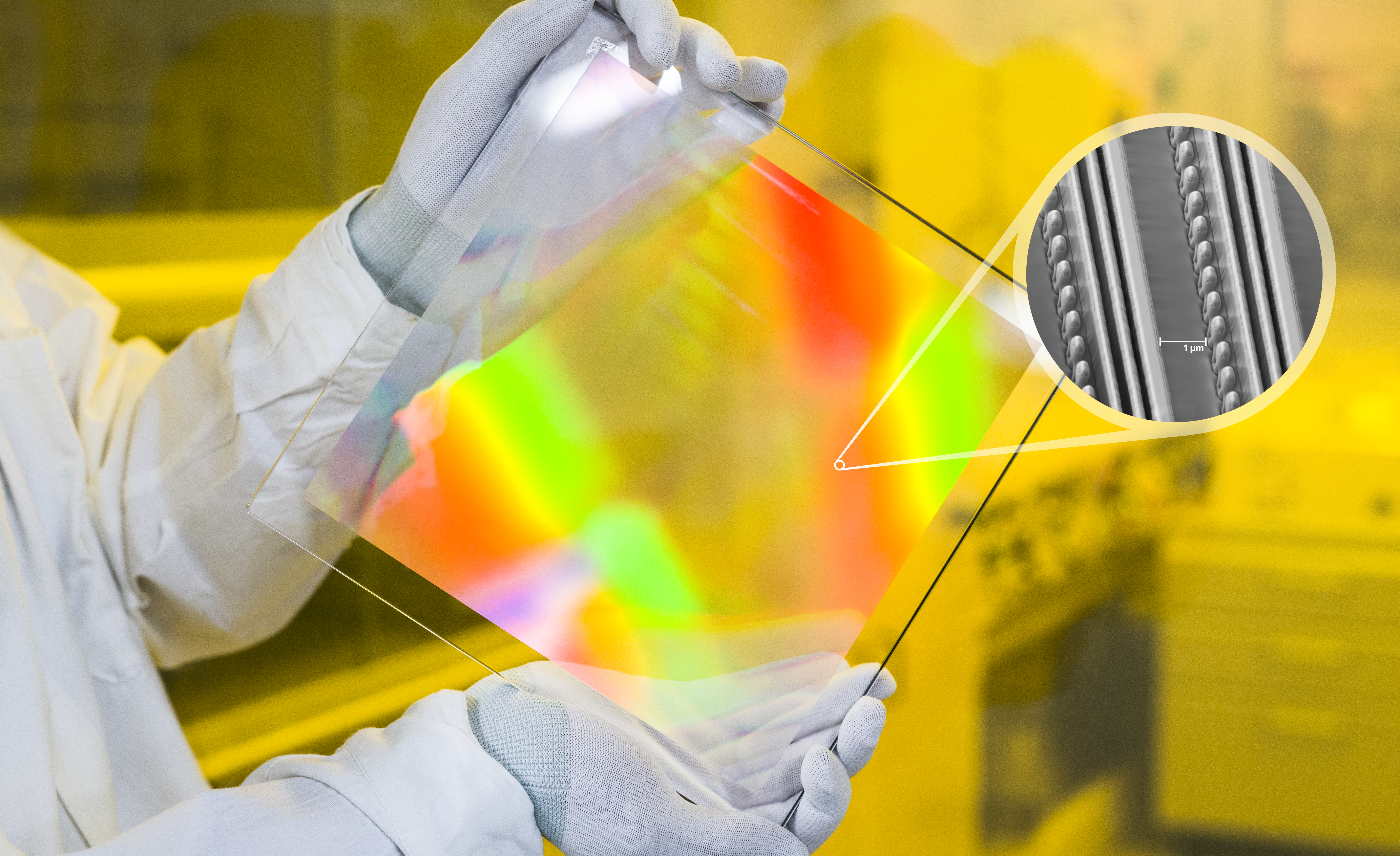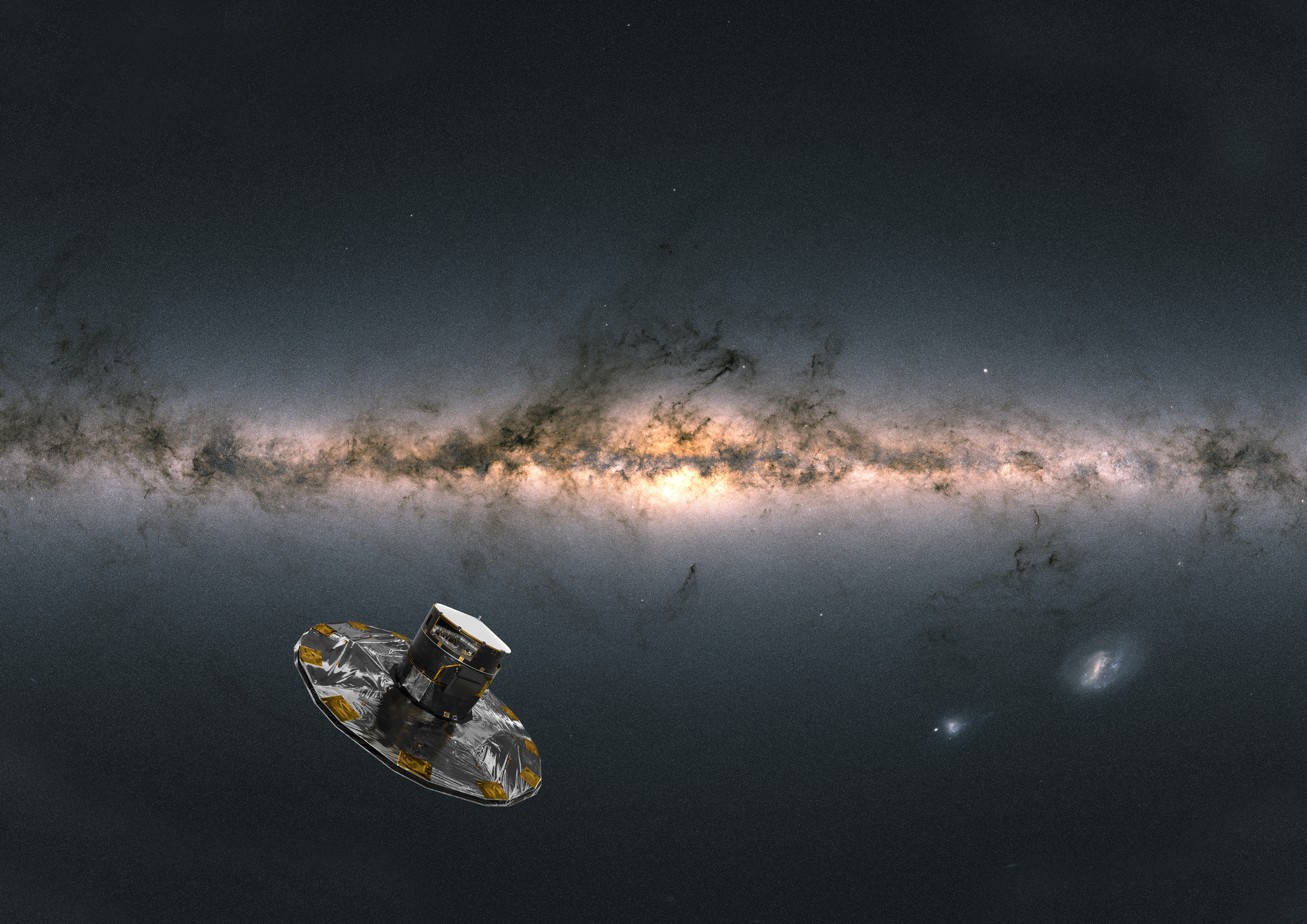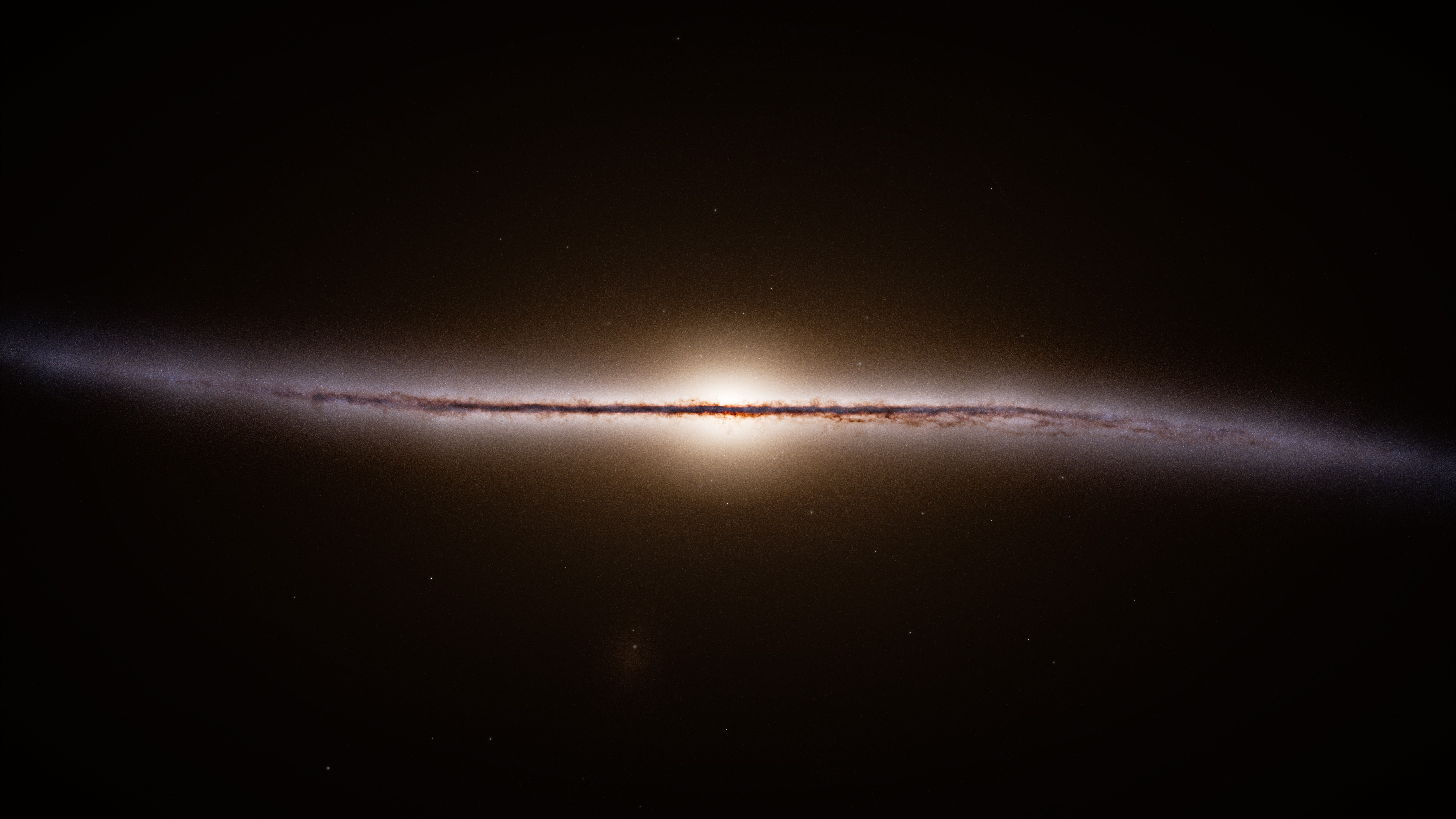Jena research shapes knowledge about our galaxy
Farewell to Gaia: Space mission to measure the Milky Way comes to an end
Since its launch, the European Space Agency's (ESA) Gaia space mission has provided detailed images of our home galaxy, the Milky Way. After more than a decade, its fuel tank is almost empty, and the mission is coming to an end. Jena technology also played a role: Researchers from the Fraunhofer Institute for Applied Optics and Precision Engineering IOF developed a key component for one of the spectrometers on board that was able to withstand even extreme conditions in space.
Since its launch in December 2013, the Gaia space probe has mapped the positions, distances, movements and numerous other features of stars and other celestial bodies in our galaxy. The mission aimed to create the most detailed map of the Milky Way to date and gain unique insights into our cosmic home.
After 11 years and around three trillion observations of approximately two billion stars, the mission is coming to an end. Gaia will end its scientific observations in January 2025.
Cutting-edge technology for exploring the Milky Way

Three instruments on board Gaia make it possible to map the Milky Way. One of them is the "Radial Velocity Spectrometer" (RVS), whose key component, a transmission grid for measuring redshift, was developed at Fraunhofer IOF.
The redshift measures the direction and speed of movement of stars. In order to meet the high requirements of the mission, the Fraunhofer researchers combined the principle of optical metamaterials with high-resolution lithographic structuring technology.
The instruments have to withstand extreme conditions: vibrations during rocket launches, strong temperature fluctuations in orbit or, for example, exposure to micrometeorite impacts. To overcome this challenge, the researchers at Fraunhofer IOF successfully collaborated with colleagues from the Institute of Applied Physics in Jena. As a result, Gaia delivered precise measurement data even after 11 years in space.
New perspectives on the Milky Way
The data collected by Gaia has fundamentally expanded our knowledge of the Milky Way. In particular, the observations of star movements, distances and their distribution have provided new insights into the formation and development of the galaxy.
In addition to mapping stars within our galaxy, Gaia has also observed objects outside the Milky Way. From asteroids in the solar system to distant galaxies, the mission has provided valuable data.
One last look at Gaia
Even though the scientific observations have been completed, Gaia's mission is not yet complete. Various technology tests are planned for the coming weeks before Gaia is put into its "retirement" orbit. The probe is scheduled to be shut down completely at the end of March 2025.
Science fans still have the opportunity to say goodbye to Gaia with a last look at the space probe: During the upcoming technology tests, Gaia's orientation will be changed. This will make the probe temporarily brighter in the night sky and facilitate observation through small telescopes.
Despite the approaching end, Gaia remains a milestone in the exploration of the universe. The planned publication of further data sets in 2026 and 2030 could once again expand our knowledge of the universe.

